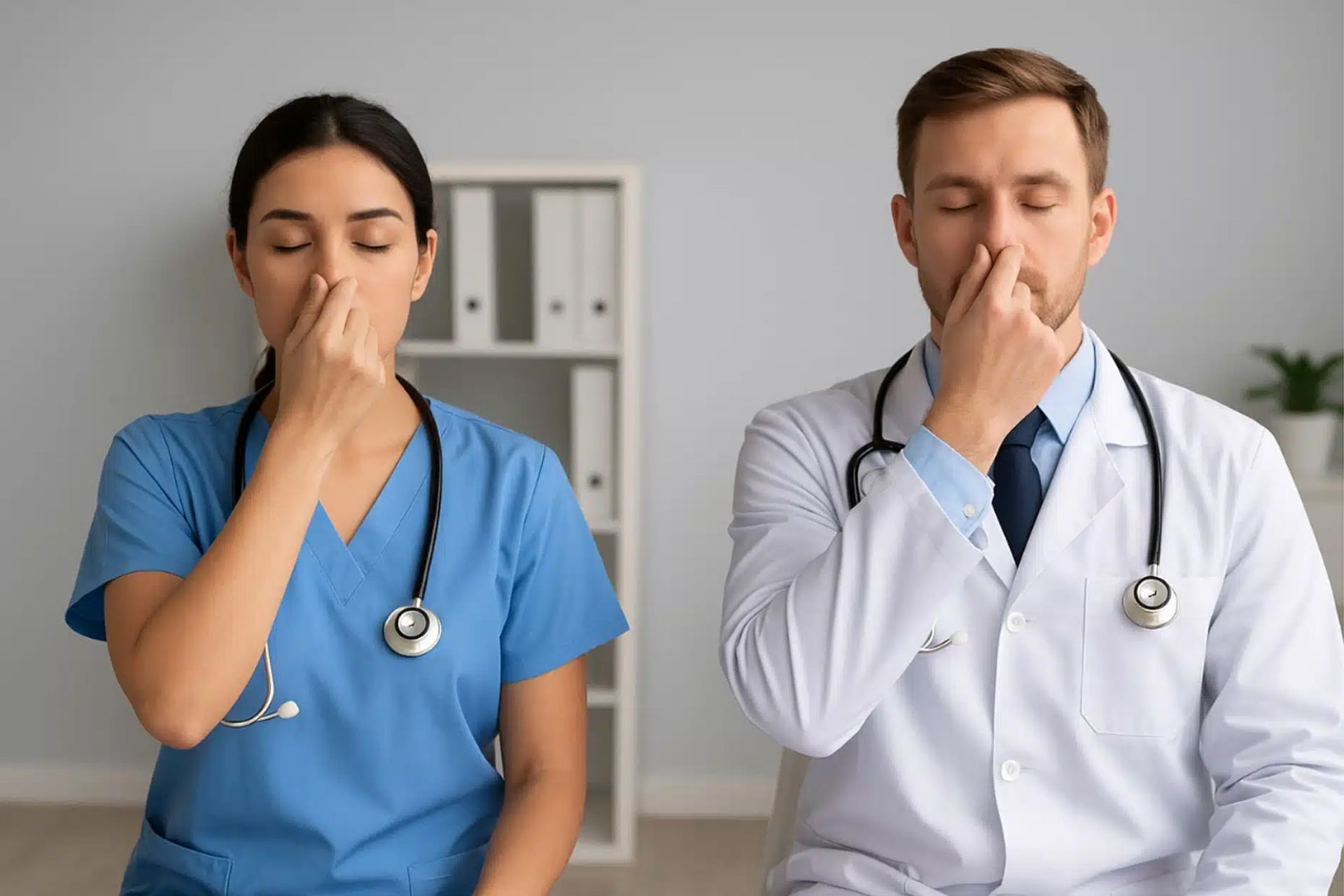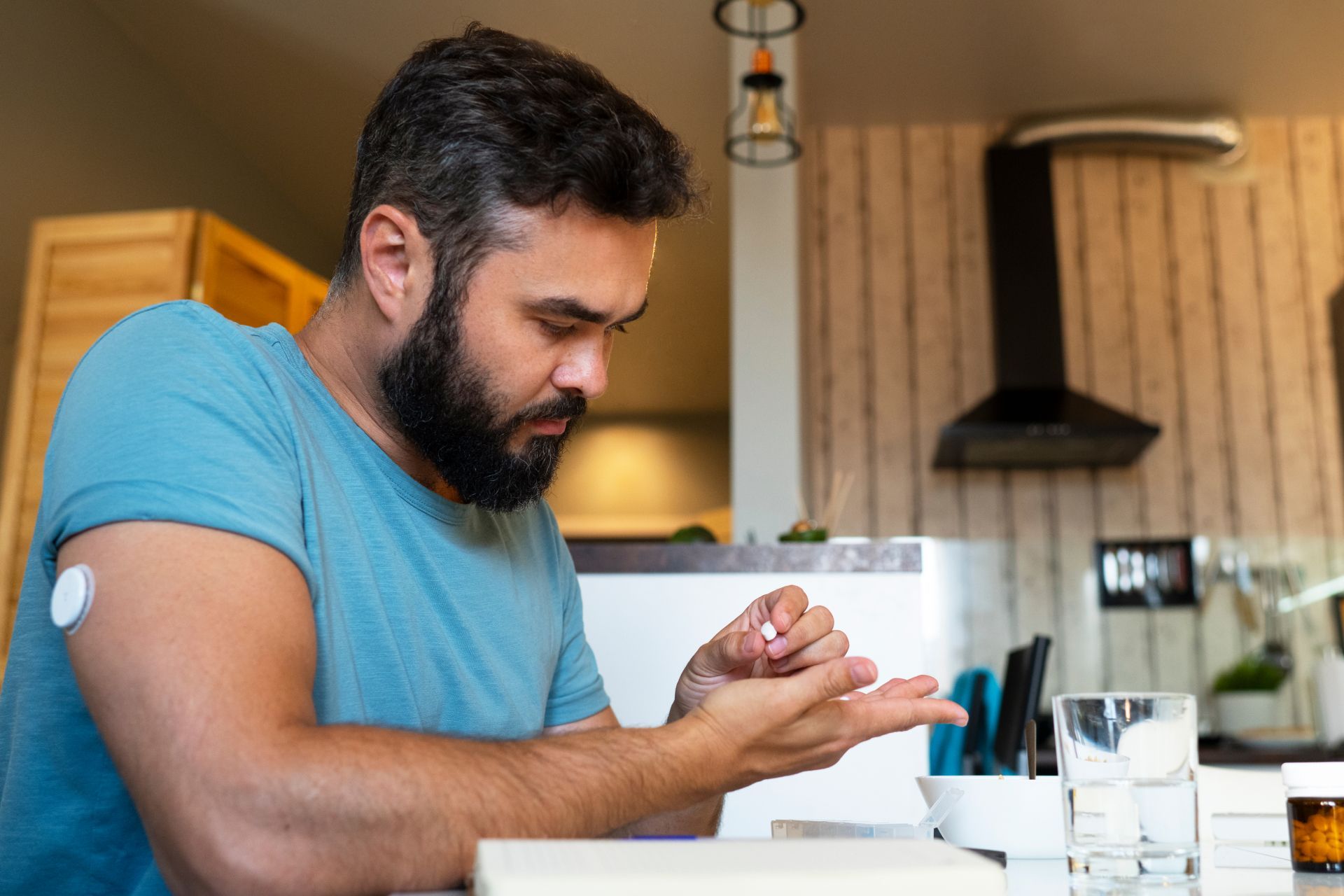Finding Hope: Suicide Prevention Awareness Month
September is Suicide Prevention Awareness Month, a time that reminds us of the importance of open conversations, compassion, and resources to help those struggling with suicidal thoughts. Suicide is a leading cause of death in the United States and globally, yet it is also one of the most preventable (Centers for Disease Control and Prevention [CDC], 2023). This month is about breaking the silence, reducing stigma, and highlighting the resources and support available. For many, talking about suicide feels uncomfortable or even frightening, but these discussions can be lifesaving. It is important to remember that mental health is health, and seeking help is a sign of strength, not weakness. Suicide prevention begins with awareness, understanding, and practical action steps that anyone can take to support themselves or a loved one.
Suicidal thoughts can affect anyone, regardless of age, gender, or background. Certain risk factors may increase vulnerability, such as a personal or family history of mental illness, previous suicide attempts, substance use disorders, trauma, or the presence of chronic pain or illness. Social isolation and lack of access to care also significantly increase risk. On the other hand, protective factors such as strong personal relationships, coping skills, cultural or religious beliefs that value life, and access to effective mental health treatment can help buffer against suicide. Recognizing these dynamics helps individuals, families, and communities provide meaningful support and advocate for systems that strengthen protective factors (Centers for Disease Control and Prevention [CDC], 2023).
Equally important is knowing the warning signs that someone may be struggling with suicidal thoughts. People who are considering suicide may talk about feeling hopeless, trapped, or like a burden to others. They might withdraw from friends and family, stop engaging in activities they once enjoyed, or experience sudden shifts in mood, sometimes appearing calmer after a period of despair, which may signal that they have made a decision to act. Other red flags include increased use of alcohol or drugs, reckless behavior, or giving away valued possessions. These signs should never be ignored (National Institute of Mental Health [NIMH], 2024). By recognizing and responding to them early, lives can be saved.
If you are worried about someone, one of the most effective steps you can take is to ask directly if they are thinking about suicide. Research shows that asking does not “put the idea in someone’s head,” but instead creates an opportunity for honesty and relief. Listening with empathy, without rushing to judgment or trying to “fix” everything immediately, can help the person feel understood and less alone. Staying with them, or helping them connect to crisis resources, can make all the difference. Simple phrases like, “I’m here for you” or “You don’t have to go through this alone” provide comfort and open the door to further support (Substance Abuse and Mental Health Services Administration [SAMHSA], 2024).
Professional resources are available 24/7. Individuals in crisis can call or text 988, the Suicide & Crisis Lifeline, to be immediately connected with trained counselors. Other valuable resources include the National Alliance on Mental Illness (NAMI), which provides educational programs and peer support, and SAMHSA’s National Helpline (1-800-662-HELP), which offers confidential treatment referrals. Knowing and sharing these resources ensures that those in crisis have immediate access to help. Families and communities can also benefit from learning about safety planning, creating a personalized list of coping strategies, contacts, and safe environments for moments of crisis (Substance Abuse and Mental Health Services Administration [SAMHSA], 2024).
Suicide prevention also involves strengthening protective factors within daily life. Building meaningful connections, encouraging open dialogue about emotions, and seeking professional support when needed are critical steps. For patients, practical strategies may include scheduling regular therapy sessions, engaging in physical activity, practicing mindfulness, or joining support groups. For families, simply checking in with loved ones regularly, even through a quick text or phone call, reinforces a sense of connection and safety (National Institute of Mental Health [NIMH], 2024). Community-level efforts, such as advocating for mental health awareness in schools, workplaces, and faith-based organizations, also reduce stigma and promote early intervention (Centers for Disease Control and Prevention [CDC], 2023).
One of the most important aspects of suicide prevention is reducing stigma. Unfortunately, many individuals avoid seeking help due to fear of being judged, misunderstood, or labeled as “weak.” By normalizing conversations about mental health, we create environments where people feel safe to reach out. Language matters as well. Instead of saying “committed suicide,” which can imply shame, we can use “died by suicide,” which acknowledges the loss without judgment. Subtle changes in language can shift the culture around suicide, making it easier for those struggling to speak openly (National Institute of Mental Health [NIMH], 2024).
As we recognize Suicide Prevention Awareness Month, it is worth reflecting on the power of small actions. Checking in with a friend who seems withdrawn, sharing crisis hotline numbers on social media, or attending community awareness events are all impactful steps. For healthcare professionals, this month serves as a reminder to continue building therapeutic relationships with patients, practicing active listening, and advocating for accessible, evidence-based mental health services. For individuals living with suicidal thoughts, it is a reminder that hope is real, and healing is possible (Substance Abuse and Mental Health Services Administration [SAMHSA], 2024).
In Atlanta, the Behavioral Health Outpatient Center at 10 Park Place NE serves as a central access point for conditions such as suicidal ideation, bipolar disorder, depression, and substance use disorders (Grady Health, n.d.). Most recently, Grady opened a 16-bed med-psych unit, one of the first of its kind in the Southeast, integrating medical and psychiatric treatment to better serve patients with complex needs. These resources reflect Grady’s critical role as a safety-net provider in metro Atlanta, ensuring that compassionate, evidence-based mental health care is available to those who need it most. This is just one resource located in central Georgia.
Conclusion
In conclusion, suicide is a complex issue with no single cause, but prevention is possible through compassion, education, and action. Recognizing the signs, offering nonjudgmental support, and connecting individuals to resources can save lives. The message of Suicide Prevention Awareness Month is simple yet powerful: you are not alone, and help is available. By working together to reduce stigma and build supportive communities, we can offer hope and healing to those who need it most (Substance Abuse and Mental Health Services Administration [SAMHSA], 2024). This September, let us all commit to being present, reaching out, and reminding those around us that their lives matter.
Chief Preceptor of Clinical Practicum Program – Dr. Okah Anyokwu
Director of Clinical Practicum Program – Xavier Hicks











